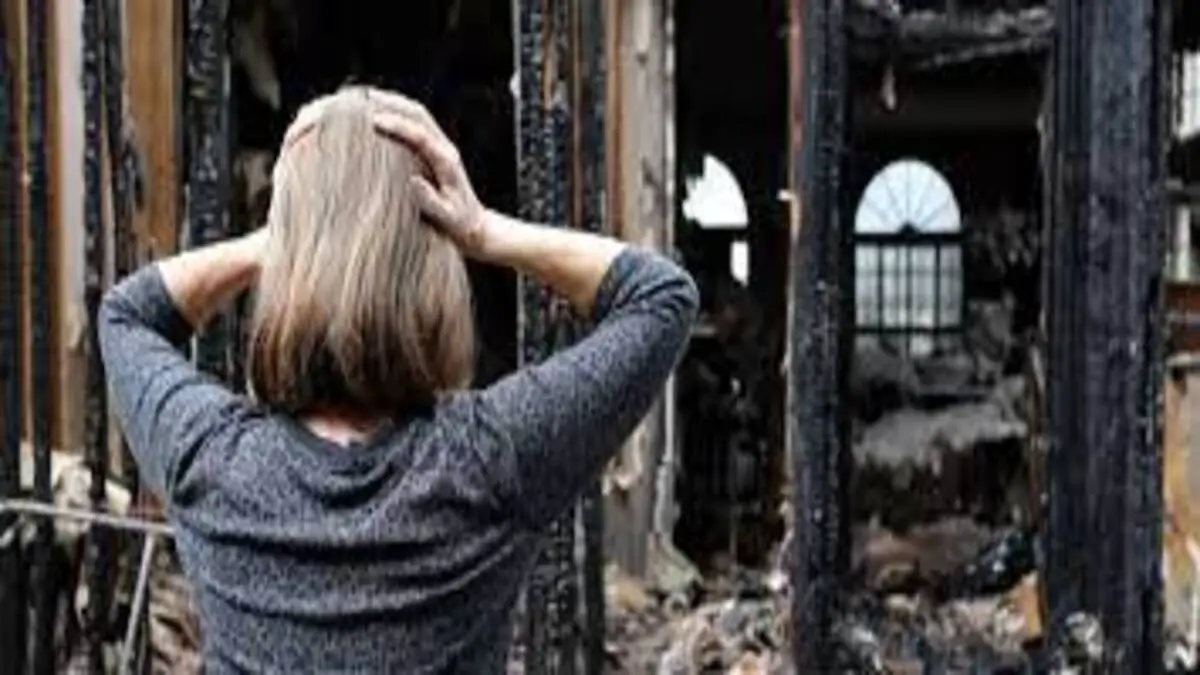NEWS
Rebuilding from the Ashes: A Guide to Fire Damage Restoration

Introduction
When disaster strikes in the form of a devastating fire, the road to recovery can seem insurmountable. The aftermath of a fire leaves a trail of destruction, affecting not only the structural integrity of your property but also your cherished possessions and memories. In such distressing times, professional fire restoration services become your beacon of hope, guiding you through the challenging process of rebuilding your life. In this comprehensive guide, we Fire Restoration Vancouver delve into the intricate aspects of fire damage restoration, shedding light on essential steps, considerations, and the importance of choosing the right professionals for the job.
Assessing the Damage
A. Immediate Safety Measures
- Ensuring Occupant Safety: The first priority after a fire is to ensure the safety of all occupants. Evacuate the premises promptly and seek medical attention if necessary.
- Securing the Property: Prevent further damage by securing the property from unauthorized access and potential looting.
- Addressing Smoke and Soot Damage: Understanding the pervasive nature of smoke and soot damage is crucial, as these elements can infiltrate and damage items and structures not directly touched by flames.
B. Comprehensive Damage Assessment
- Structural Damage Evaluation: Professionals will assess the structural integrity of the building to determine the extent of damage, ensuring it is safe for occupancy or if major repairs are needed.
- Identifying Water Damage: Often, water damage occurs during firefighting efforts. Identifying and mitigating water damage is critical to prevent mold growth and structural issues.
- Documenting Damaged Items: Create a detailed inventory of damaged items for insurance purposes, including photographs and descriptions of each item.
The Restoration Process
A. Cleaning and Deodorizing
- Specialized Cleaning Techniques: Professionals use advanced cleaning methods to remove soot, smoke residues, and odors from surfaces and belongings.
- Dealing with Lingering Odors: Persistent odors are effectively neutralized using specialized deodorization techniques, ensuring a fresh and clean environment.
- Removing Smoke Residues: Smoke residues can be corrosive and must be carefully removed from surfaces to prevent long-term damage.
B. Repairs and Reconstruction
- Structural Repairs: Rebuilding damaged structural components is essential to restore the property’s safety and functionality.
- Replacing Damaged Materials: Burned or damaged materials like drywall, insulation, and flooring are replaced with new, fire-resistant alternatives.
- Restoring Electrical and HVAC Systems: Ensure the safe and efficient operation of electrical and HVAC systems, addressing any fire-related damage.
C. Salvaging Valuables and Memorabilia
- Professional Inventory and Restoration: Valuable possessions and sentimental items are carefully inventoried and restored by experts in the field.
- Documenting Losses for Insurance Claims: Maintain meticulous records of losses to facilitate the insurance claims process.
- Emotional Support During Salvaging: Dealing with the emotional toll of loss is an integral part of the restoration process. Seek support from professionals or support groups.
Working with Professionals
A. Choosing the Right Fire Restoration Company
- Qualifications and Experience: Select a restoration company with the necessary qualifications and extensive experience in handling fire damage.
- References and Reviews: Check references and read reviews to ensure the company has a track record of providing exceptional service.
- Availability and Response Time: Timely response is crucial in minimizing damage. Choose a company that offers 24/7 emergency services.
B. Insurance Claims and Coverage
- Navigating the Insurance Process: Understand your insurance policy and work closely with your insurance provider to navigate the claims process effectively.
- Documenting Losses and Expenses: Maintain thorough records of all losses and expenses related to the fire, including restoration costs, temporary housing, and living expenses.
- Maximizing Insurance Coverage: Work with professionals who can help maximize your insurance coverage to ensure you receive fair compensation.
Preventing Future Fires
A. Fire Prevention Measures
- Installing Fire Alarms and Sprinkler Systems: Invest in fire detection and suppression systems to enhance safety.
- Fire-Resistant Building Materials: Consider using fire-resistant building materials in construction or renovation projects.
- Creating an Evacuation Plan: Develop a comprehensive evacuation plan to ensure the safety of occupants in case of a fire emergency.
B. Regular Maintenance and Inspection
- Fire Hazard Identification: Identify and address potential fire hazards in and around your property.
- Electrical and Appliance Safety: Regularly inspect electrical systems and appliances for signs of wear or malfunction.
- Professional Inspections and Maintenance Schedules: Schedule professional inspections and adhere to maintenance schedules to keep your property safe from fire risks.
- Fire damage restoration is a complex process that demands careful assessment, professional expertise, and resilience. By following this guide and working with experienced professionals, you can embark on the journey of rebuilding your life and property after the devastation of a fire. Remember that safety is paramount, and with the right support, you can rise from the ashes and restore your home and peace of mind.
Harper Harrison is a reporter for The Hear UP. Harper got an internship at the NPR and worked as a reporter and producer. harper has also worked as a reporter for the Medium. Harper covers health and science for The Hear UP.










